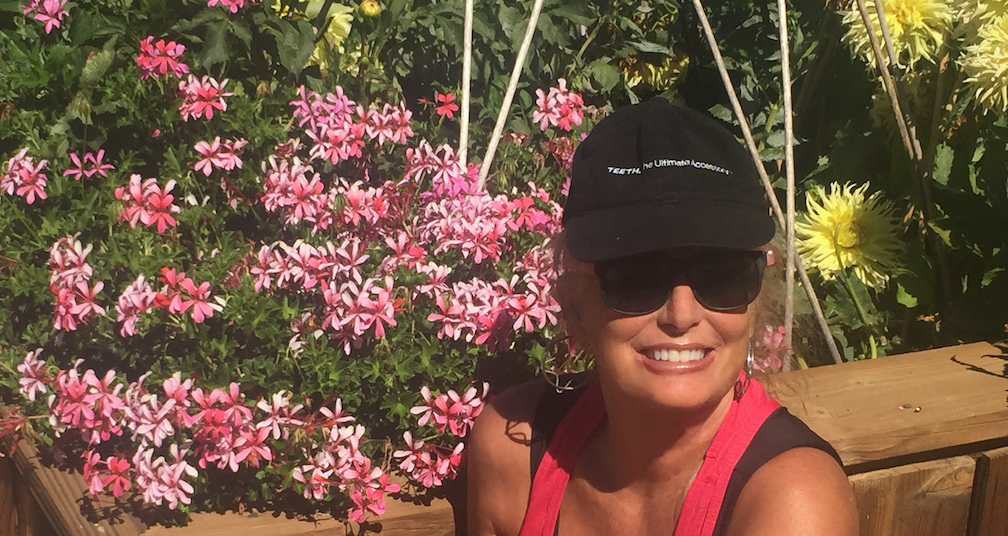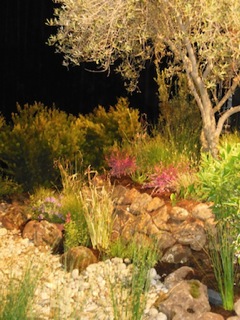Fall Harvest!
By Cynthia Brian “Delicious Autumn! My soul is wedded to it, and if I were a bird, I would...
Read Moreby Cynthia Brian | Oct 11, 2022 | Empowerment | 0 |
By Cynthia Brian “Delicious Autumn! My soul is wedded to it, and if I were a bird, I would...
Read Moreby Cynthia Brian | Sep 16, 2022 | Empowerment | 0 |
By Cynthia Brian “What dreadful hot weather we have. It keeps one in a continual state of...
Read Moreby Cynthia Brian | Jun 22, 2022 | Empowerment | 0 |
Digging Deep with Goddess Gardener, Cynthia Brian Growing Water-Wise By Cynthia Brian “Water is...
Read Moreby VoiceAmerica | Jun 10, 2022 | Empowerment | 0 |
By Cynthia Brian “We Californians are constantly accused of not having seasons, but we do. We...
Read Moreby VoiceAmerica | Mar 10, 2022 | Empowerment | 0 |
by Cynthia Brian “That which surrounds you is within you.” ~ Karl Schmidt Days of heat followed...
Read Moreby VoiceAmerica | Aug 4, 2021 | Empowerment | 0 |
“When the well is dry, we know the worth of water.” Benjamin Franklin We turned on the spigot. A...
Read Moreby VoiceAmerica | Sep 13, 2016 | Empowerment | 0 |
According to a recent FBI study, daytime crimes accounted for 66% of all burglaries nationally. Do...
Read Moreby VoiceAmerica | Sep 7, 2016 | Empowerment | 0 |
âWho cares if Iâm not around? If I donât plant it, then nobody will get to see it!â...
Read Moreby VoiceAmerica | Sep 30, 2015 | Empowerment | 0 |
âGo forth under the open sky, and listen to Nature’s teachings.â ~ William Cullen...
Read Moreby VoiceAmerica | Jul 11, 2015 | Empowerment | 0 |
with Cynthia Brian and Heather Brittany on StarStyle®-Be the Star You Are!® Radio brought to the airwaves under the auspices ofBe the Star You Are!® 501 c3 charity, LIVE, since 1998. This hour is fun, informative, and lively....
Read Moreby VoiceAmerica | Mar 24, 2015 | Kids | 0 |
Express Yourself! brings you a stimulating program based on a chapter from our award winning book Be the Star You Are! for Teens. Life is full of conflict and challenges, yet we humans are full of resilience. Whenever we find...
Read Moreby VoiceAmerica | Sep 9, 2014 | Empowerment, Variety | 0 |
Welcome to Starstyle®-Be the Star You Are!® with your hosts Cynthia Brian and Heather Brittany...
Read More










